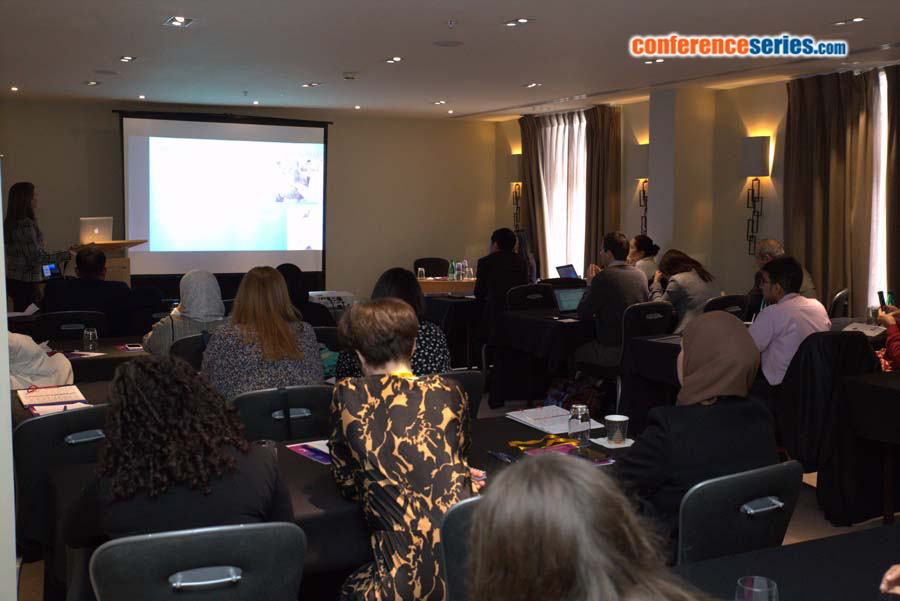
Xian Ruan
South China University of Technology, China
Title: Removal of bisphenol A via novel 3D g-C3N4/HEC hydrogel photocatalysts: Adsorption and phtocatalytic degradation
Biography
Biography: Xian Ruan
Abstract
A series of novel g-C3N4/HEC hydrogel photocatalysts with three-dimension (3D) network structure have been synthesized via a simple one-pot reaction, using hydroxyethyl cellulose (HEC) and graphic carbon nitride (g-C3N4) nanoparticles as raw materials. The characteristics of g-C3N4/HEC hydrogels are investigated by X-ray diffraction (XRD), scanning electron microscopy (SEM) and energy dispersive spectrometer (EDS). The optical performances of g-C3N4/HEC hydrogels are investigated by UV-vis diffuse reflection spectrum (DRS) and photoluminescence (PL). Scanning electron microscopic results reveal that the hydrogels are polyporous and g-C3N4 nanoparticles are uniformly distributed into HEC hydrogel network. Photoluminescence results show that HEC hydrogel network is conducive to seperation of photogenerated electron-hole pairs. The hydrogels show high efficient removal ability of bisphenol A (BPA) by adsorption and photocatalytic degradation. Among the different g-C3N4 compositions, addition of 50% g-C3N4 showed optimized adsorption and photocatalytic degradation of BPA, which are 9.88 mg·g-1 and 80% within 120 min. Moreover, the g-C3N4/HEC hydrogels showed higher efficient removal performance of TOC. Due to synergistic effect of adsorption and photocatalytic degradation, g-C3N4/HEC hydrogels are able to mineralize BPA continuously and efficiently. In addition, the g-C3N4/HEC hydrogels can be reduplicated used without complex desorption processes.



